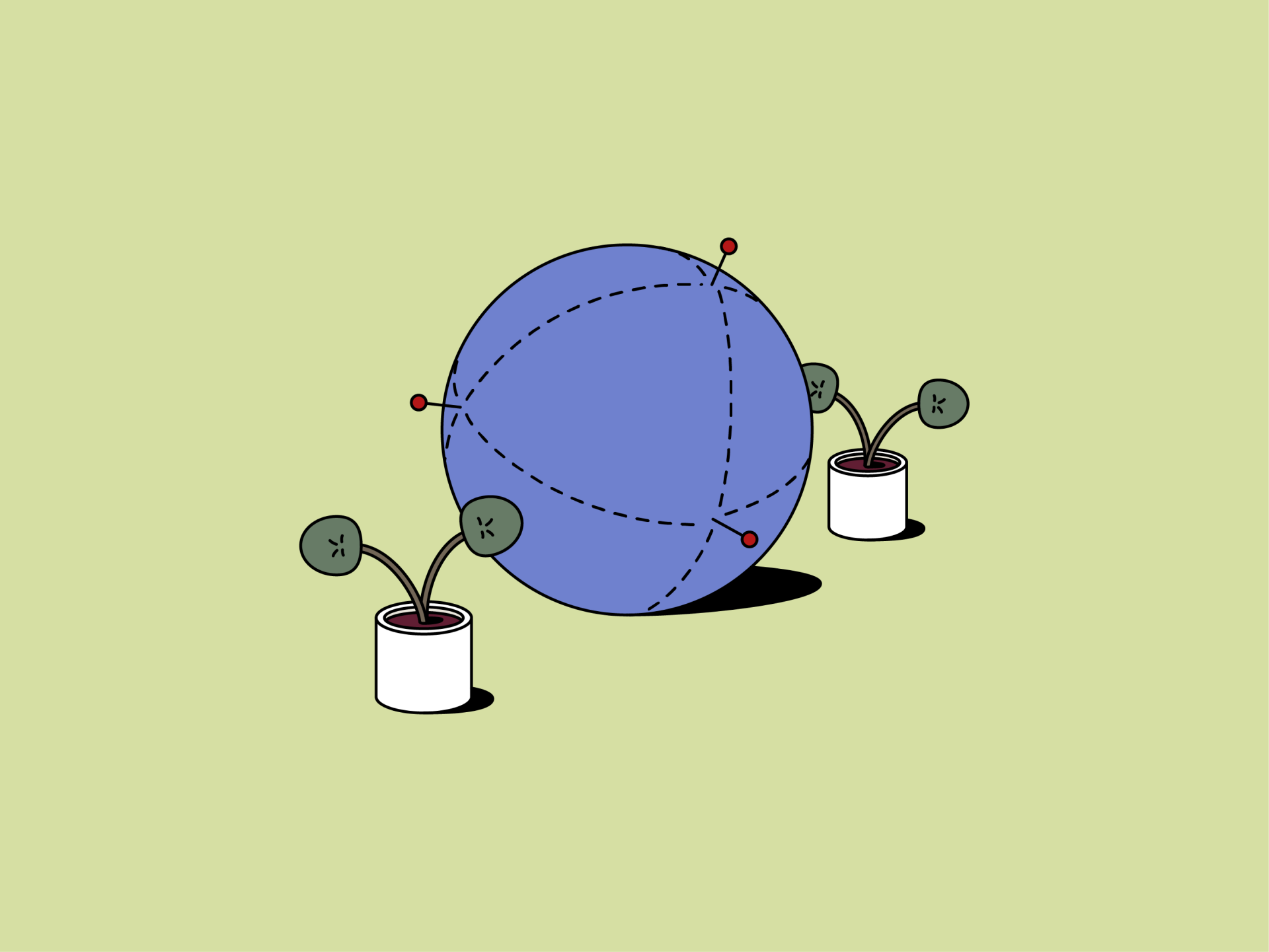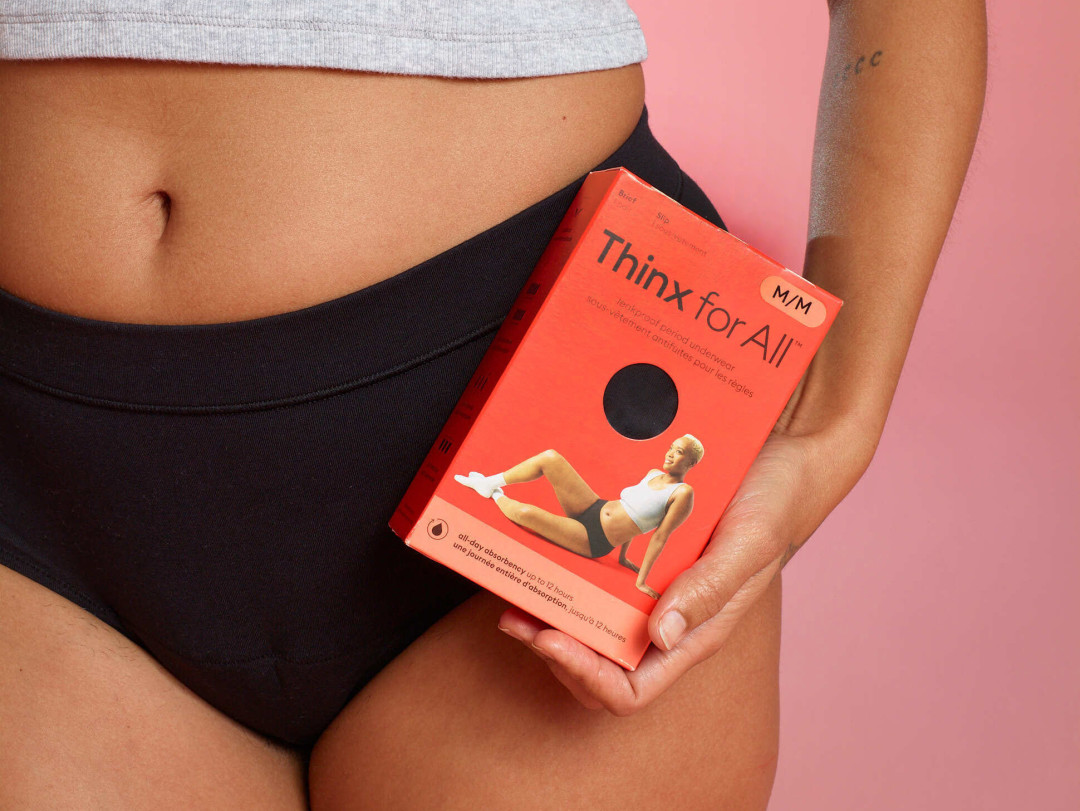Sign up to stay in the loop on new styles and sales!
Sign up to stay in the loop on new styles and sales!
#explainer
Maintaining an Eco-friendly Period When You Travel
odds & ends
·5 min read

by Lola Méndez | 04/11/2019
For the last four years, I’ve been gallivanting around the globe non-stop. The jarring amount of litter I’ve seen launched my dedication to sustainable living — a concept that previously was entirely foreign to me.
When I first started traveling, I kept up the harmful habits I didn’t know I had — such as my monthly tampon use. However, after traveling in countries that had cultural aversions towards tampons, which made them harder to find, I switched up my feminine hygiene routine. For over a decade, I used disposable tampons with smooth plastic applicators in plastic packaging because they were easier and more comfortable. These plastics, along with the ones found in single-use break down into micro-plastics in landfills, and even the ocean. Single-use pads are also less than ideal, since they’re made of about 90% plastic and take an estimated 500-800 years to break down.
Get this: 100 million people with periods worldwide typically go through about 30 tampons each month — that’s around 14,000 tampons each in a single lifetime! That amount of unnecessary waste makes my head hurt. Alarmingly, there are 20 billion pads, tampons, and applicators biodegrading in North America alone. Even disposable organic menstruation products contribute to generating waste.
Those are some scary numbers, but I get it: traveling can be stressful enough without worrying about maintaining an eco-friendly lifestyle. Still, if I’ve learned anything, it’s that a few small changes can go a looong way. Here are my tried-and-true tips for managing my period with Mother Nature in mind while I’m on-the-go:
start small
Making any sort of lifestyle change can be challenging. Give yourself some grace and recognize that it takes time to alter habits. Every person with a period has different necessities and comforts.
When transitioning to eco-friendly period products, especially while traveling, start by stocking up on reusable cotton pads, period undies, a menstrual cup, or if tampons are non-negotiable, try applicator-free organic cotton tampons. These period products will feel more familiar since they’re not so different from the traditional single-use items you’re probably already accustomed to using.
committing to reusable period products
My menstrual cup totally transformed my period. For most users, the menstrual cup can be used for up to 8 hours. This security has allowed me to swim in the sea, go on long hikes, and sleep through the night without worrying about leaking.
Not only are reusable period products better for the environment and your body, but they're also much more cost efficient. I had been spending around $200 a year on period products before switching to sustainable options. Many menstrual cups can last up to 10 years when cared for properly, and usually cost around $25 — that’s the equivalent of about 3,250 tampons.
Reusable feminine hygiene products also save precious space in your luggage. I live out of a 70-liter backpack and carry two pairs of period underwear, and one menstrual cup that I store in breathable cloth bags. Reusable organic cotton pads are another sustainable option that will take up virtually no space in your bags.
Try out a range of products to find one that suits your needs. I wear my absorbent period underwear during the beginning and at the end of my period when I’m spotting, and use my menstrual cup on heavy flow days. Access to clean bathrooms isn’t always a guarantee, especially on long-distance bus or train rides. By using my menstrual cup and underwear in tandem, I can rest assured that I won’t leave my seat looking like a murder scene.
what about keeping things hygienic?
The concern I hear most people have about ditching single-use tampons and pads is how to clean reusable items, but it’s not as complicated as you’d imagine. Every responsible traveler should already be carrying a reusable water bottle with them — simply fill it up with clean water, and take it with you to the bathroom to give your menstrual cup a rinse between uses.
Period underwear and reusable pads washed by hand or in a washing machine (but don’t forget to air-dry). Once a month, menstrual cups also need to be cleaned with hot water. I use hot water with a bit of baking soda on a clean cloth to sterilize my menstrual cup, which can be done virtually anywhere.
Switching to eco-friendly reusable products to manage my period has been one of the best decisions I’ve made for my personal health, the health of the planet, and my wallet. How do you manage your period while traveling? Do you use any eco-friendly products? Share your experiences with us in the comments!
Lola Méndez is a travel writer and full-time globetrotter sharing her adventures on Miss Filatelista. She travels to develop her own worldview and has explored over 50 countries. Passionate about sustainable travel, she seeks out ethical experiences that benefit local communities. You can follow her on Instagram, Facebook, Twitter, Pinterest, and LinkedIn.
by Lola Méndez


